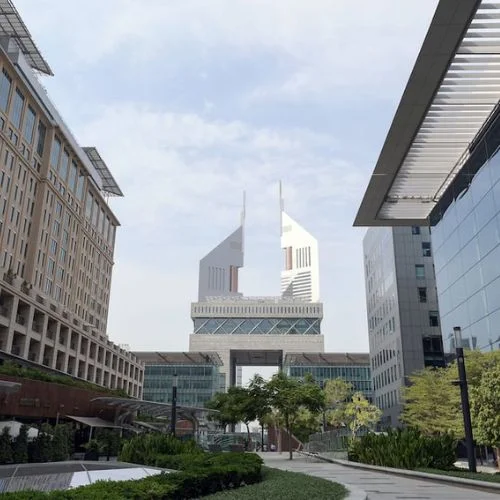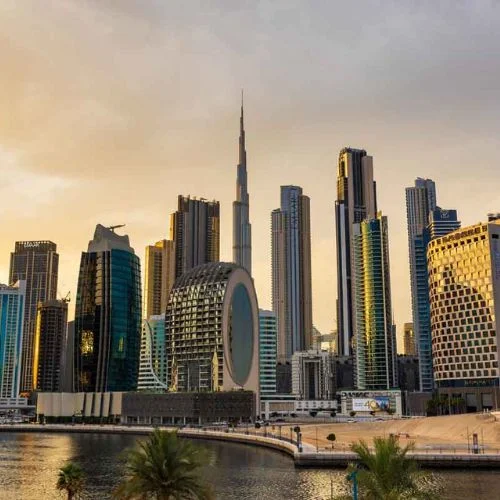After New York regulators turned down a request to renegotiate terms, Norway’s Equinor recorded an impairment charge of $300 million on its U.S. offshore wind generating portfolio on Friday, marking the latest blow to the industry.
The impairment was disclosed during the company’s earnings report, and it comes two weeks after the company’s request to renegotiate the conditions of its offshore wind projects was denied by New York regulators due to rising prices and supply chain limitations.
“The decision to reject the price adjustment for the contracts was disappointing,” stated Anders Opedal, CEO of Equinor, during a presentation of financial results.
“But shortly after, New York’s governor announced a ten-point plan and we are in the process of looking at what that means for us and the potential opportunities for our projects.”
The Empire Wind 1, Empire Wind 2, and Beacon Wind farms will be constructed off the coast of New York by Equinor and its partner BP (BP.L). With their combined 3,300 megawatts of power, two million households may be powered.
According to Opedal, Equinor required “reasonable profitability” and “robustness compared to the risk” before moving forward with the projects.
Delays in the supply chain, poor design, and increased prices in the offshore wind sector have combined to put dozens of projects at risk of not being completed in time for nations to meet their climate targets.
Due in part to the impairment, Equinor’s Renewables division’s net operating loss increased from $56 million to $412 million in the previous year.
Equinor and BP stated that they would need to make upfront capital investments for these projects totaling “in excess of $20 billion” in petition-related documents.
Furthermore, on the strength of its success at the Johan Sverdrup field and other global projects in the Gulf of Mexico, Brazil, and the United Kingdom, Norway’s Equinor boosted its oil output by 13% year over year to 1.04 million b/d in the third quarter, the company announced on October 27.
However, due to a 13% decline in its global gas production to 836,000 b/d of oil equivalent in the third quarter, Equinor had to lower its previously projected 3% increase in hydrocarbon production to 1.5% for 2023. The latter resulted from multiple Norwegian fields—including Troll, the country’s largest gas producing field—overrunning their maintenance schedules. The year-over-year total hydrocarbon production remained constant at 1.88 million boe/d.















